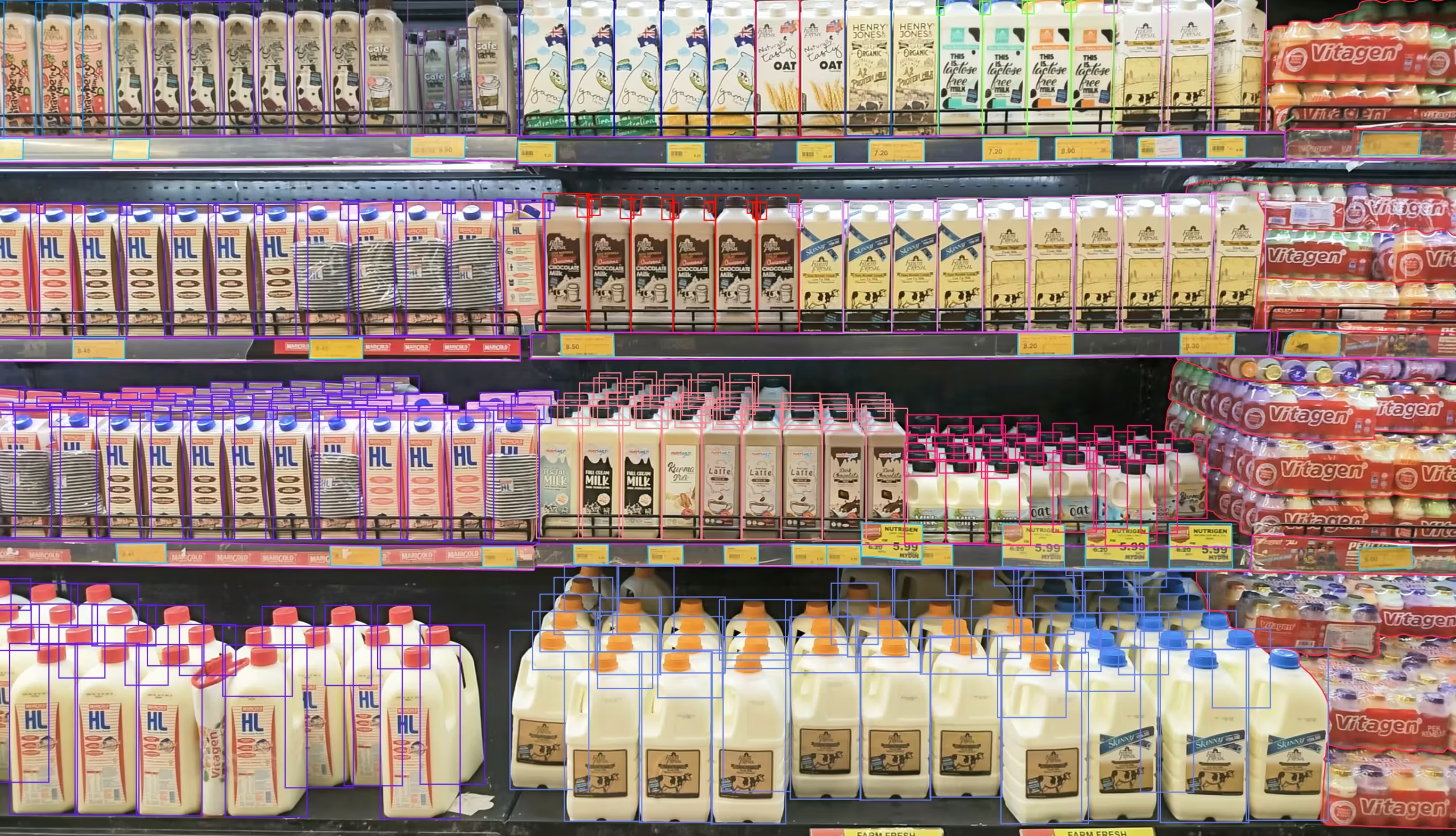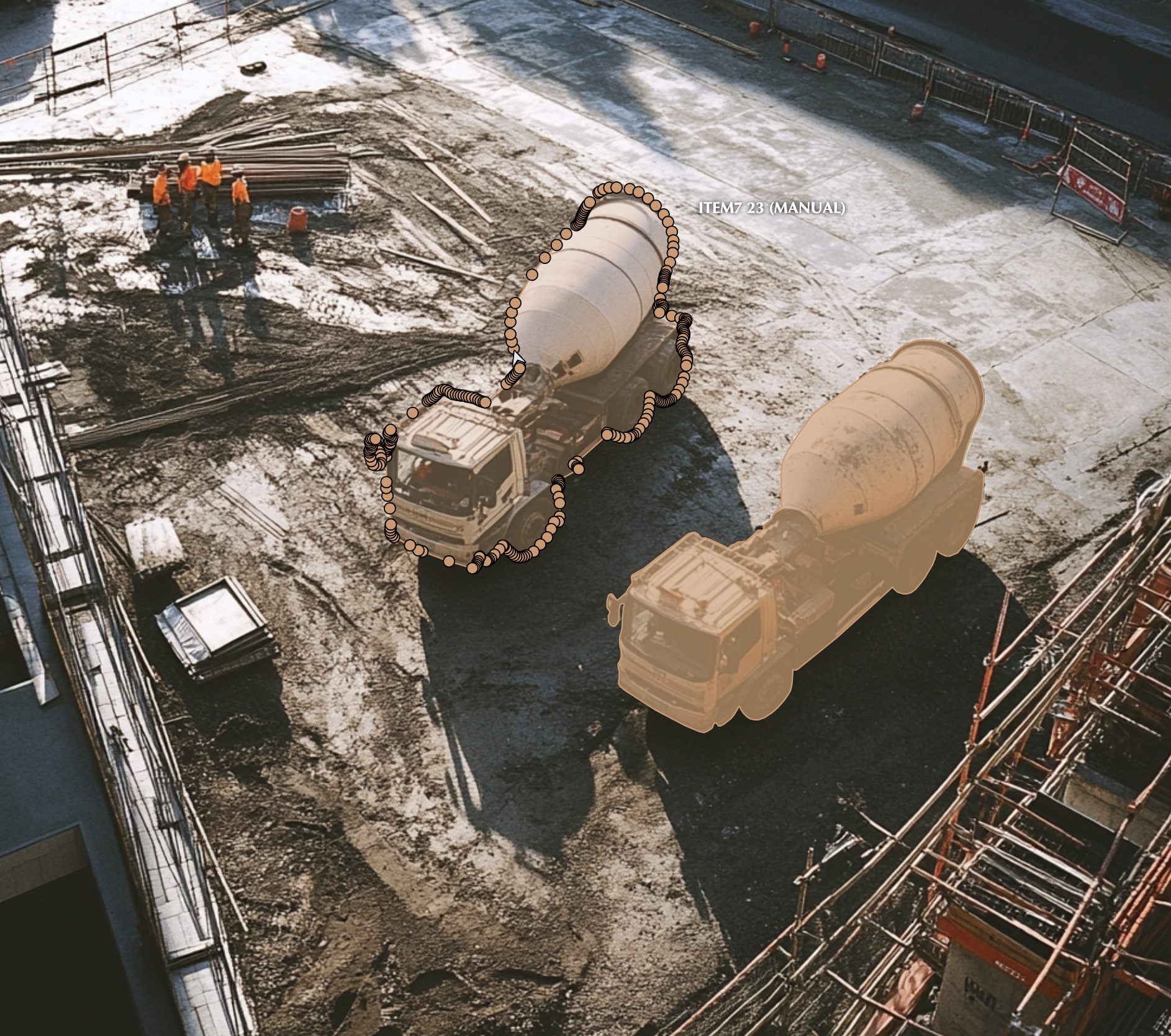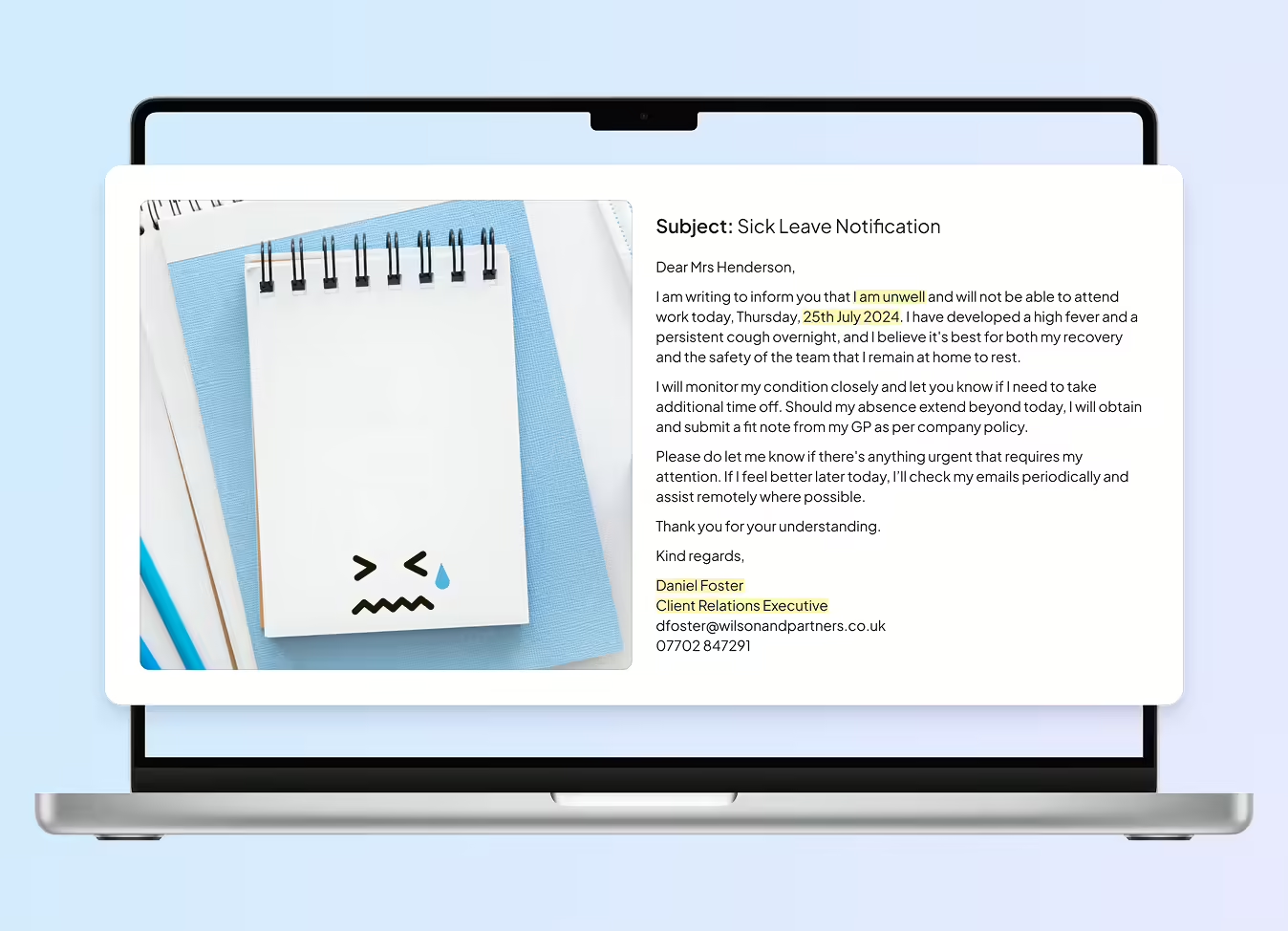The Task
A retail client approached us with a clear goal:
Automate the process of monitoring grocery store shelves using neural networks.
They needed a dataset that would enable a machine learning model to detect and classify products on shelves in real time. The end use case?
– Measure the success of promotions
– Optimize shelf space
– Respond faster to stockouts
But there was a significant challenge:
Shelves were filled with a huge variety of products—different brands, categories, package designs, and frequent seasonal updates. Traditional annotation workflows weren’t going to cut it.
The Solution
-
- 01
-
Structuring the Work
We split our team into two focused groups:
- Product Research Team:
This team created a taxonomy of product categories. They studied the client’s inventory, researched visual differences between product types, and developed detailed classification criteria for annotators. - Annotation Team:
Using these guidelines, annotators worked on labeling every image with high precision, tagging product types, positions on the shelf, and packaging variations.
-
- 02
-
Tooling and Workflow Setup
- We used a combination of internal QA dashboards and custom labeling tools to track accuracy.
- A feedback loop was built in—researchers could refine guidelines based on edge cases found by annotators.
- Weekly calibration sessions ensured that annotators and researchers were always aligned.
-
- 03
-
Quality Assurance
- A dual-pass review process was implemented: all images were reviewed by a second annotator.
- Random samples were escalated to experts for manual audit.
- Discrepancies were analyzed to refine both training and guidelines.
The Result
40% Cost Reduction:
By streamlining roles and using task specialization, we lowered total project costs significantly.High-Precision Dataset:
The annotated images provided clean, structured training data for the client’s neural network, supporting accurate real-time shelf analytics.Better Business Insights:
The client could now evaluate promotional campaign results in real time, detect planogram violations, and improve in-store execution.






